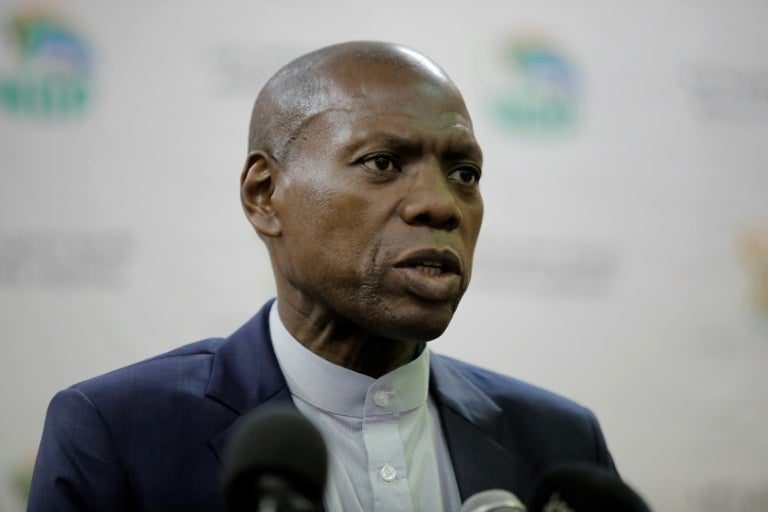While there is no need to keep certain areas at level 4, other areas might need to stay at that classification for a while longer in order to curb infection rates.

As the country anticipates all the things they will be able to do again once level 3 of the national lockdown kicks in, those living in areas considered to be hotspots may have to wait a little while longer.
This according to a presentation delivered by Minister of Health Dr Zweli Mkhize during a Covid -19 plenary briefing of the members of the National Council of Provinces (NCOP) alongside Minister of Co-operative Governance Nkosazana Dlamini-Zuma on Tuesday.
Mkhize prefaced his presentation by stating that things are worse now than they were when the country confirmed its first case of coronavirus on 5 March.
“Even though we might now be used to the fact there is Covid-19, it is a little bit more problematic now than it was before.”
The minister then admitted that a “hard lockdown is no longer sustainable. We need to readjust.”
He elaborated on the risk-adjusted strategy to easing the lockdown based on the fact that some districts have less cases and a lower rate of infection than others, and that it would, therefore, be unsustainable to keep strict lockdown measures enforced in those areas.
“Hence the focus of our interventions and restrictions should be aligned to the burden of infection (active cases).”
The minister of health will be the one responsible for identifying the alert levels for each district, taking into account the number of active cases, trends in the active cases and the health system’s capacity to respond to the disease burden.

26 May 2020 – A presentation delivered by Minister of Health Dr Zweli Mkhize during a Covid -19 plenary briefing of the members of the National Council of Provinces (NCOP)
The Provincial Command Council (PCC) in each province will be responsible for submitting provincial plans to contain the spread within their provinces along with health measures, a projected impact on economic activity, social services and restrictions on movement.
The minister will then take these plans and present them to the National Command Council (NCC) along with his suggestions for alert levels determined for each region. The NCC will then confirm or deny these determinations.
However, it should be noted that hotspots are districts with more than five active infections per 100,000 people, and hard lockdowns will only be considered in these areas if all other measures fail to contain the spread of the virus.
In two weeks the districts will be reviewed again with a view to classifying them across the five alert levels based on their status.

A presentation delivered by Minister of Health Dr Zweli Mkhize during a Covid -19 plenary briefing of the members of the National Council of Provinces (NCOP)
The government will also be implementing what they call a prevention toolbox in all areas.

26 May 2020 – A prevention toolbox as delivered by Minister of Health Dr Zweli Mkhize during a Covid -19 plenary briefing of the members of the National Council of Provinces (NCOP).
He cautioned that although the government has reached its goal in giving the public health system some lead time in preparing to deal with the spread, we must all remember that flattening the curve is something we should continue to work towards in order to prevent things from worsening.
To date, more than 597,000 tests have been conducted and more than 13 million people have been screened for symptoms by community health workers.
Additionally, more than 44,000 (93%) contacts have been identified.
The national case fatality rate currently stands at 2% as a result of the 481 deaths out of a cumulative amount of 23,615 cases of Covid-19 as of 26 May. Over 11,000 people have recovered.
The minister stated that the last two weeks are “responsible for 45% of infections.”
Mkhize confirmed that 384 sites have been identified throughout the country as quarantine sites for those who cannot self-quarantine. Of these sites, 36% have been activated this far and work is currently under way to activate more to meet the anticipated demand.
For more news your way, download The Citizen’s app for iOS and Android.






